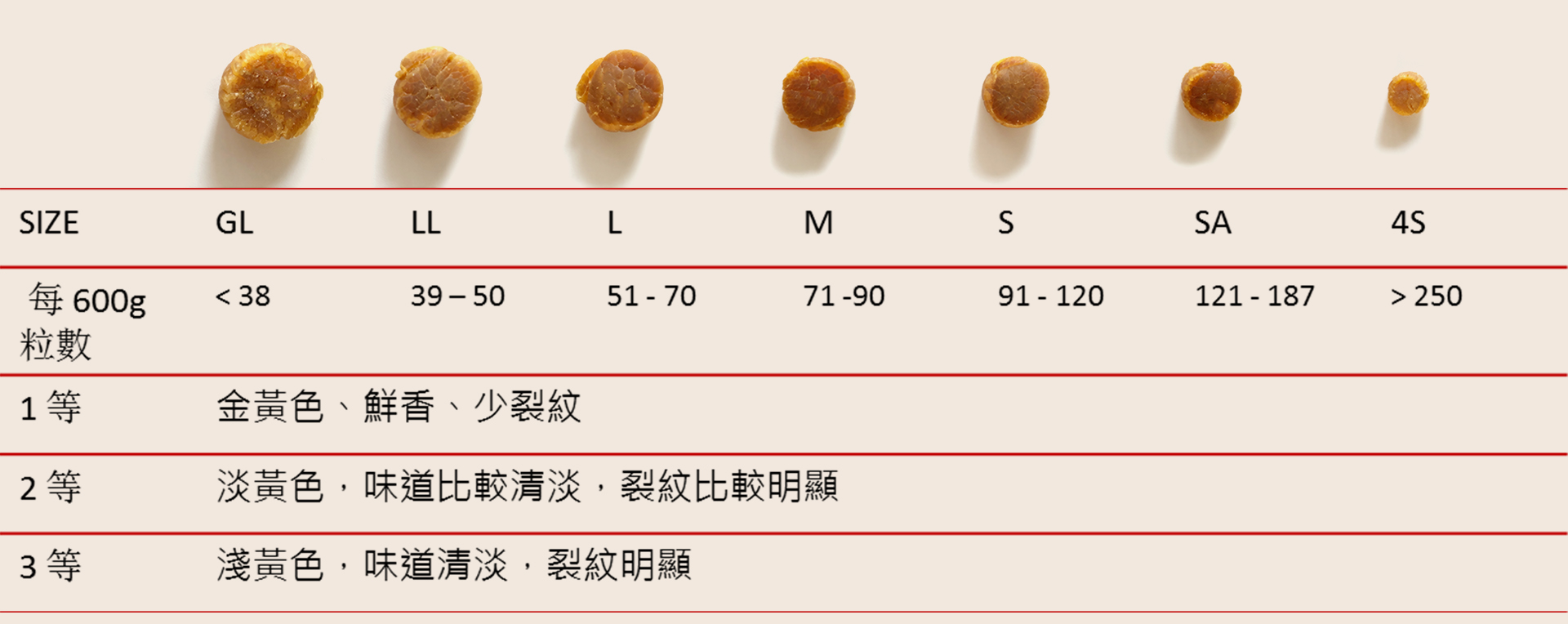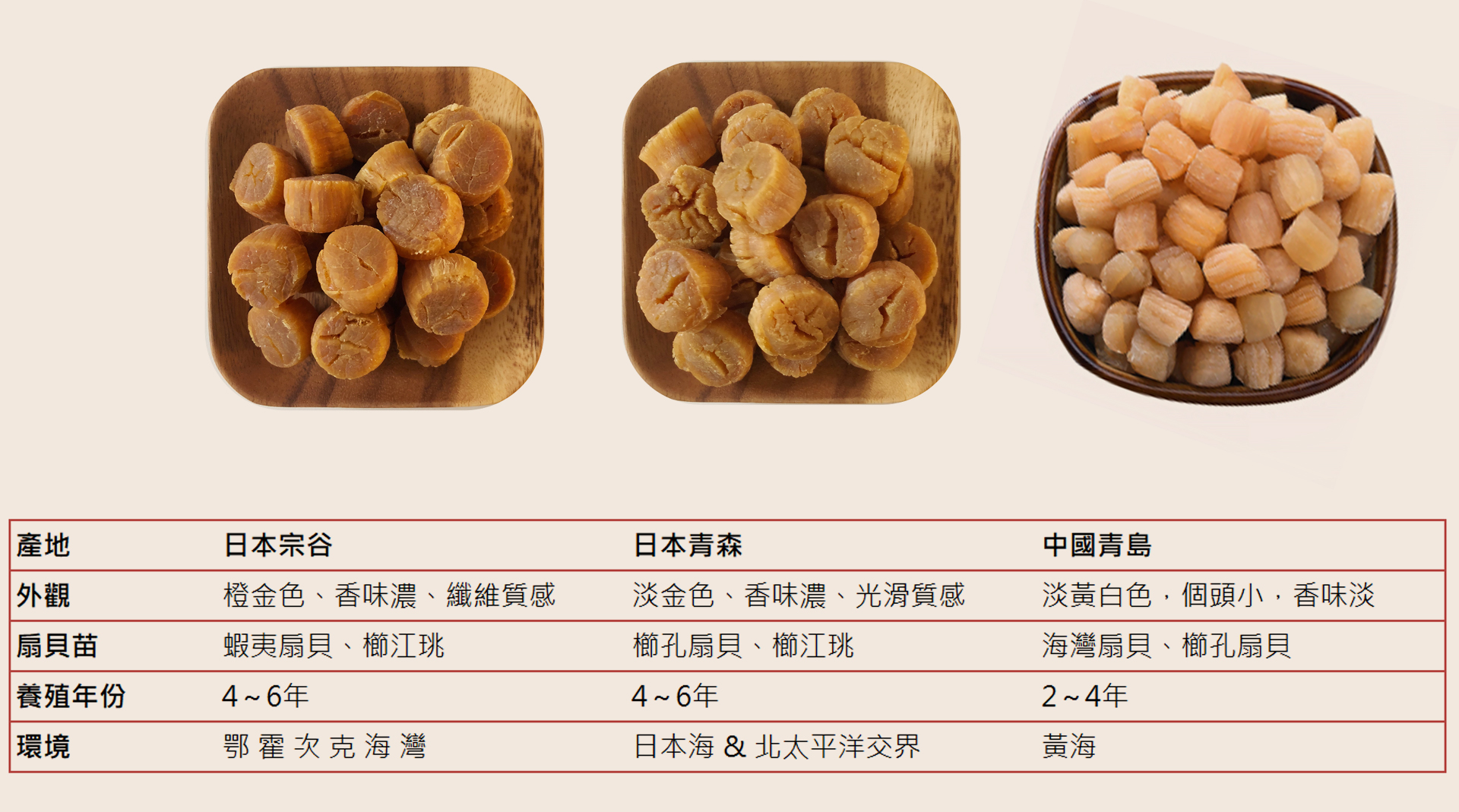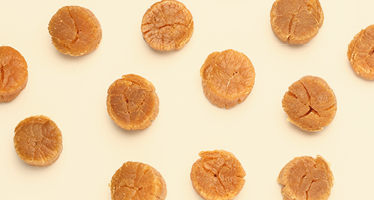Before 1950, transportation in Hokkaido was limited, with only Soya Bay Pier in the north serving as a major hub. Initially, scallops from various production areas were transported to this pier for centralized collection and distribution. Gradually, these scallops came to be known as Soya scallops, eventually becoming synonymous with high-quality scallops.

Neutral

Liver

Kidney

Spleen

Sweet

Salty
Alleviate fatigue, support growth, enhance brain function, inhibit non-fibrous tumor cell growth, and help prevent acne and rough skin.
Relieve Fatigue
Scallops are particularly abundant in taurine, containing 700 milligrams of taurine per 100 grams, a notably higher concentration compared to other seafood types which typically provide up to 700 milligrams at most. Taurine is an amino sulfonic acid naturally synthesized in the body, generally preventing deficiencies. However, extended periods of mental and physical exertion, such as long work hours, intense study sessions, or rigorous exercise, can deplete the body's taurine levels. When endogenous taurine production falls short of meeting demands, symptoms like fatigue, dizziness, low energy levels, and memory issues may arise. Supplementing with taurine can be beneficial in mitigating fatigue under such circumstances.
Promote Growth
Scallops are a rich source of high-quality protein that the body readily absorbs and utilizes for various functions. Their protein content is easily assimilated and stored, with a conversion efficiency that is twice as high as that of regular meats. This heightened efficiency enables the body to convert protein into energy more effectively, supporting growth and overall bodily functions.
Maintain Neuronal Health
Elevated levels of glutamine in the brain can lead to neuronal cell death through overstimulation. Taurine plays a vital role in the brain by assisting in reducing glutamine levels, thereby serving a protective function and helping to maintain neuronal health.
Disrupt Non-fibrous Tumor Cell Growth
Studies conducted by the Aomori Prefecture Industrial Technology Development Center have identified a unique glycoprotein present in scallops. Experimental findings have demonstrated that this glycoprotein enhances the activity of human macrophages and effectively disrupts the growth of non-fibrous tumor cells.
Prevents Acne and Rough Skin
Scallops are a good source of zinc, containing approximately 2.7 mg per 100 grams. Zinc is a crucial mineral required by the body and plays a vital role in preventing acne and maintaining healthy skin. A deficiency in zinc can hinder the smooth growth of skin cells and impede the proper turnover of old keratin, leading to rough and uneven skin texture. Adequate intake of zinc is essential for promoting healthy skin and overall well-being.

The primary species used for scallop cultivation is the Yesso scallop, which is not restricted to Japan but can also be found in various regions such as the Yellow Sea in China, the western coast of North America, the southern waters of South America, the Sea of Okhotsk in Russia, and the East China Sea in South Korea. Presently, scallops available for purchase are often sourced from China, Japan, and Russia. It's worth noting that the nutrients and water temperatures in different marine environments vary, leading to differences in the quality and taste of scallops from these regions.
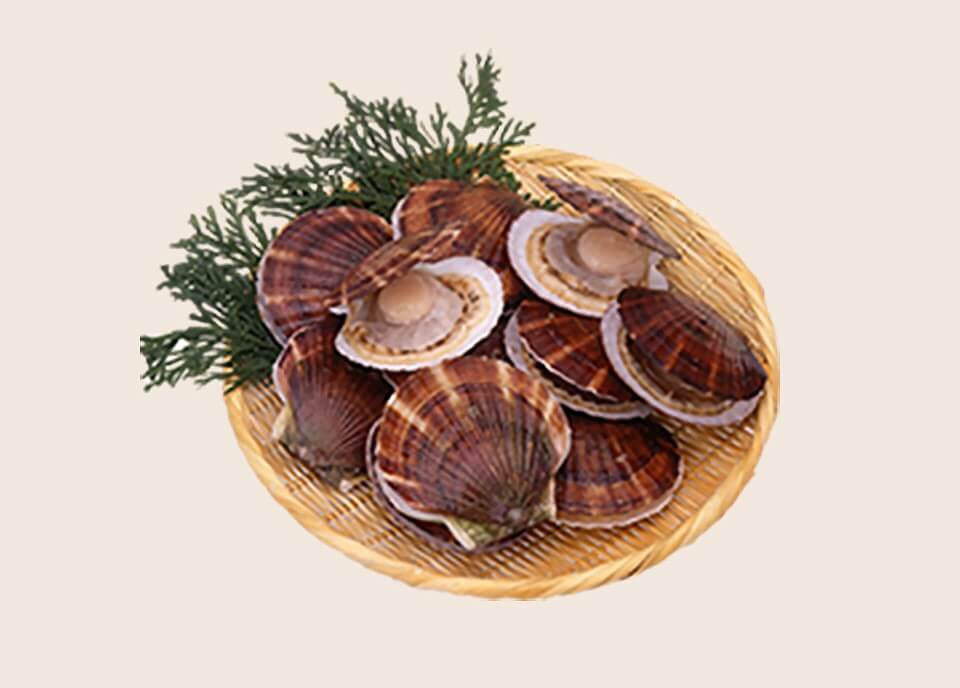
01 Scallops are bivalve mollusks that use their adductor muscles to control the opening and closing of their shells. They feed by holding their shells slightly open and extending a fleshy part called the mantle to filter and extract plankton and other nutrients from the surrounding water. The adductor muscles are responsible for the rapid closing of the shells as a defense mechanism or to seal themselves off from predators.
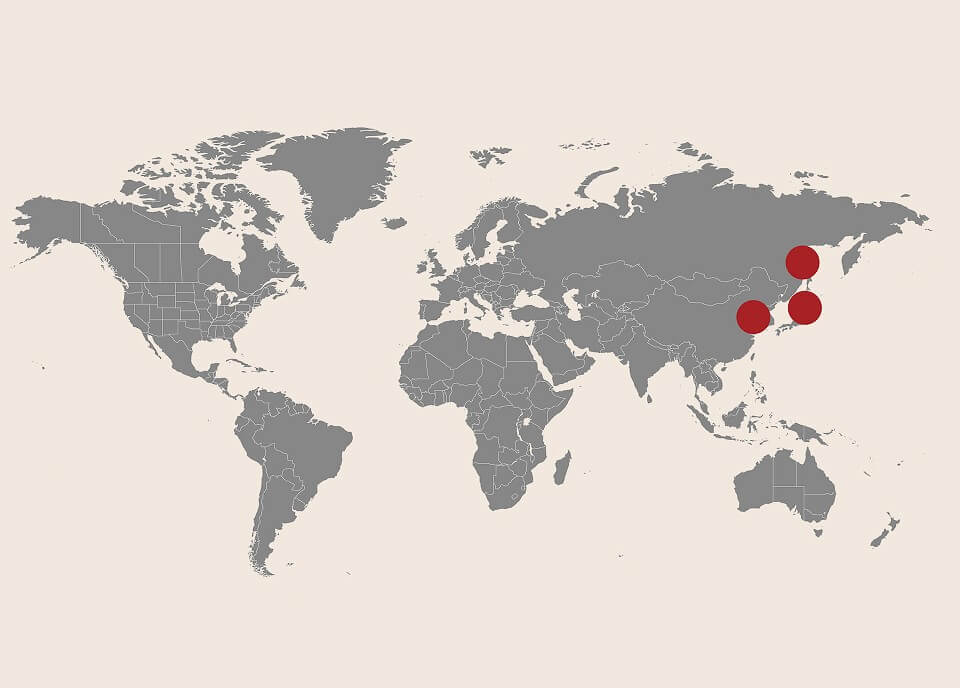
02 Scallops are predominantly harvested in key production regions such as Japan, China, and Russia. Hokkaido, situated at approximately 45 degrees north latitude, falls within a cold climate zone with moderate temperatures, ideal for the sensitive temperature requirements of scallops. The cool weather conditions in this region not only support the life cycle of scallops but also facilitate the accumulation of nutrient-rich environments, contributing to the thriving scallop populations in these waters.
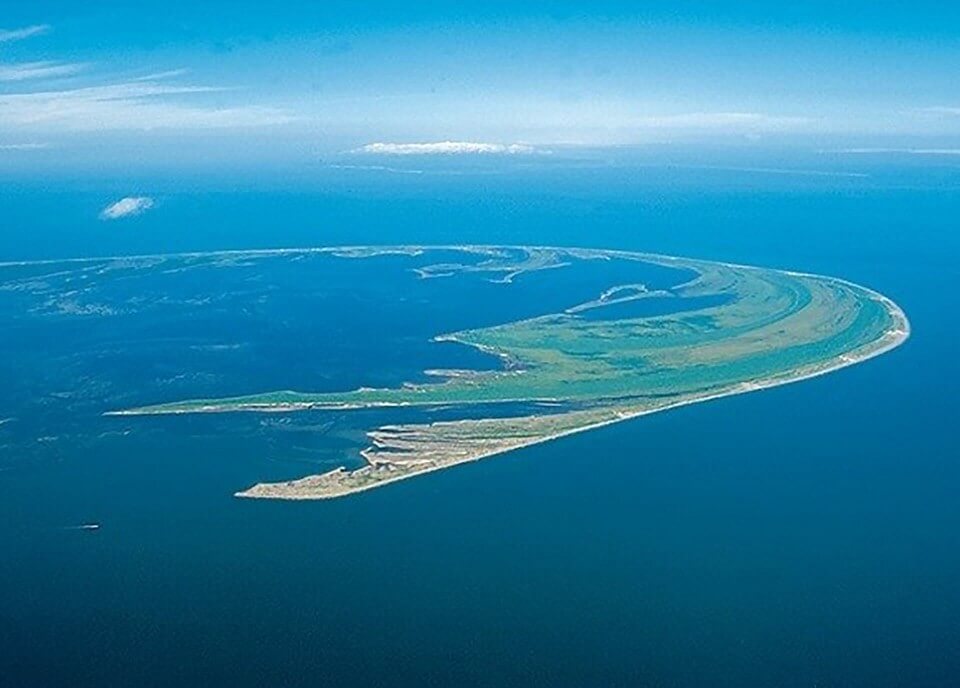
03 Every year from December to April, Hokkaido experiences the arrival of drift ice originating from the Siberian forests, carried through the Sea of Okhotsk in Russia. This drift ice is laden with organic matter and minerals, which serve as a rich source of plankton for the scallops. As a result, the period from June to August is particularly fertile for scallops in Hokkaido, as they benefit from the abundant nutrients brought by the drift ice, leading to optimal growth and reproduction during this time.
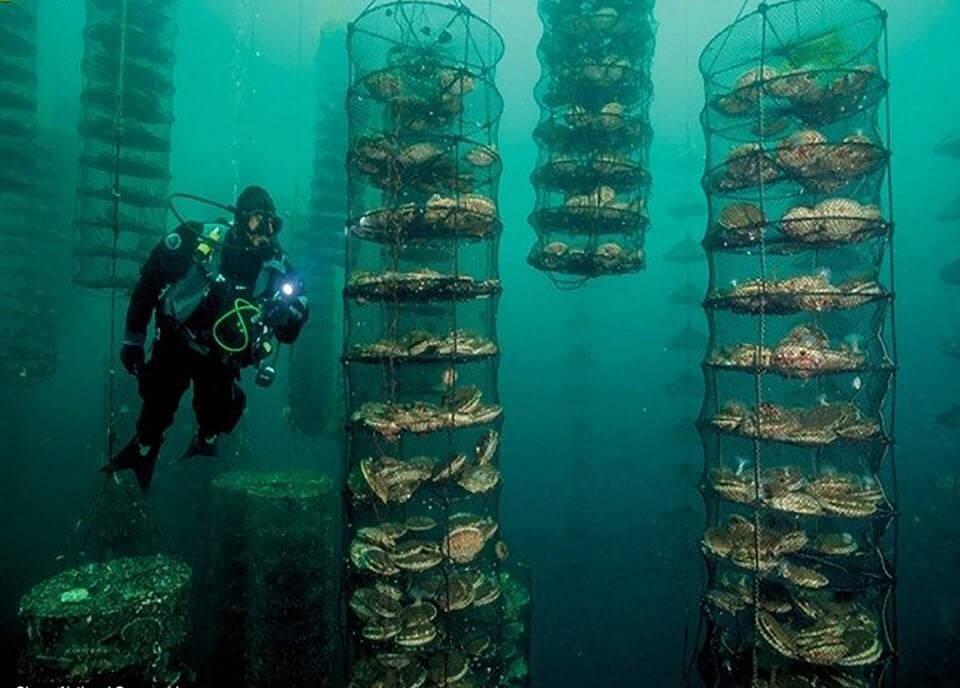
04 The majority of scallops are cultivated using semi-artificial hanging culture methods. In this process, scallops are placed in net cages that are stacked more than ten layers high and then submerged into the sea for cultivation. This method restricts the movement of the scallops, limiting their ability to swim and feed elsewhere. Consequently, the confined space can lead to potential challenges in obtaining adequate nutrition, which may result in variations in the quality of scallops produced. The uneven distribution of nutrients within the cultivation environment can impact the growth and quality consistency of the scallops.
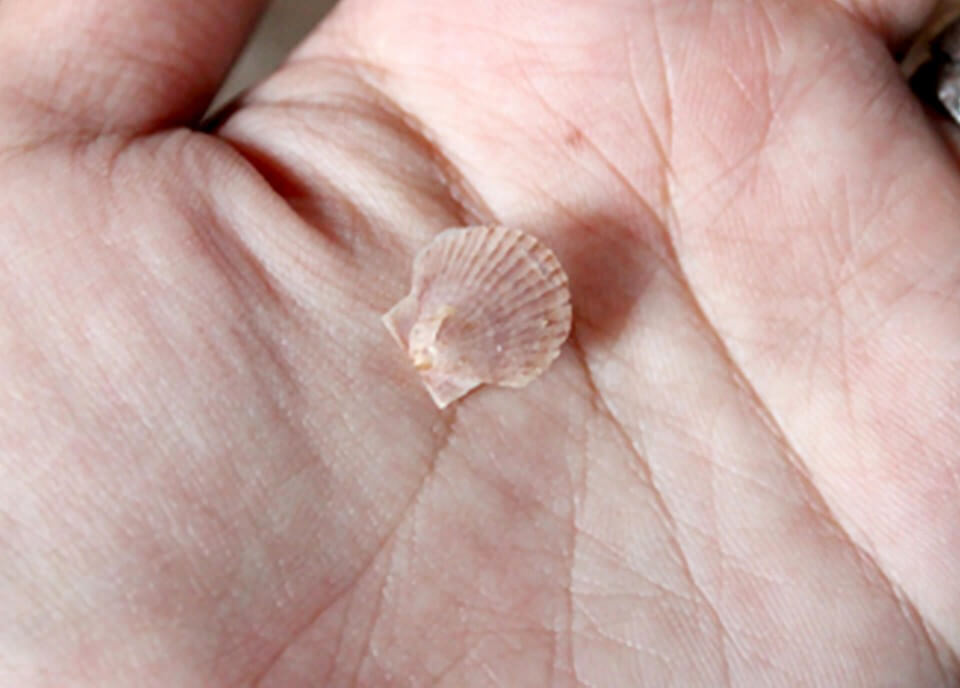
05 In another type of scallop cultivation method known as stocking, juvenile scallops are reared in captivity for approximately 10 months to ensure their basic viability. After this initial period, the juvenile scallops are then released into the bay where they are left to grow and develop in their natural environment. This method allows for the initial nurturing and protection of the scallops in controlled conditions before they are introduced into the open waters, where they can continue to mature and thrive in a more natural setting.
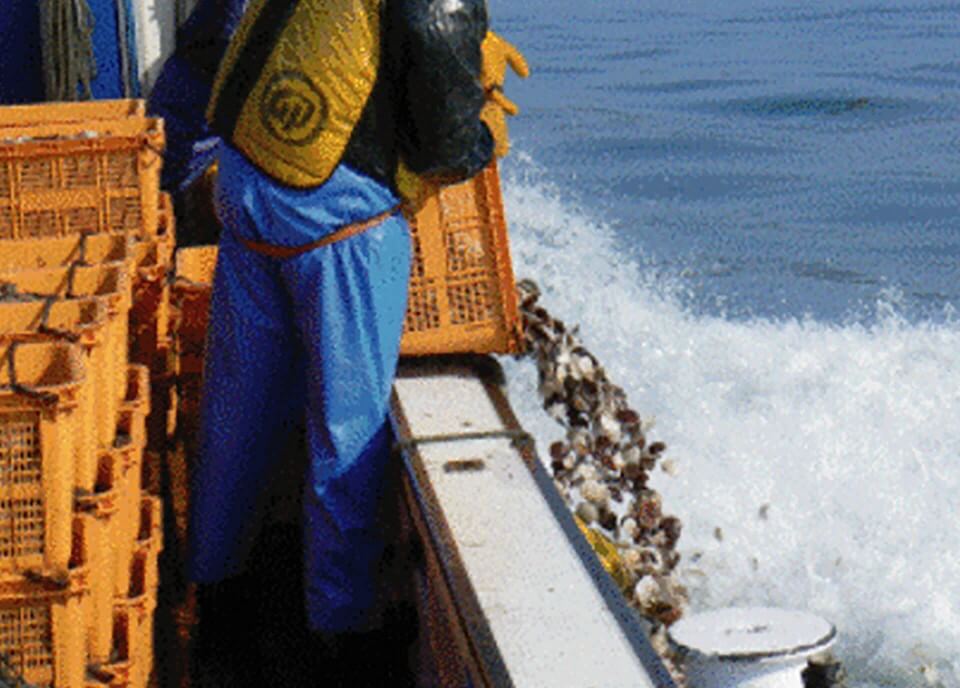
06 In the stocking method for scallop cultivation, once the 10-month-old juvenile scallop have been raised in captivity, they are released into the bay to grow and mature in their natural habitat. To enhance the survival rate of the scallops, fishermen frequently venture out to sea to actively catch predatory species such as starfish, octopus, and other scallop predators. By managing and reducing the population of natural predators through fishing efforts, the fishermen help safeguard the young scallops and contribute to their increased chances of survival and successful growth in the bay. This practice supports the maintenance of a healthy scallop population and aids in sustaining the overall productivity of the scallop cultivation process.

07 Typically, scallops are stocked for a period ranging from 3 to 6 years before they are ready for harvest. Fishermen often head out to sea for salvage operations during the harvest year, typically occurring between June and August. Scallops that are allowed to mature for 5 to 6 years tend to exhibit distinct characteristics: they are larger in size, possess a more pronounced flavor, and have a chewier texture compared to younger scallops. Allowing scallops to reach this extended age results in a premium product with enhanced qualities that are highly valued by consumers for their richer taste and texture.
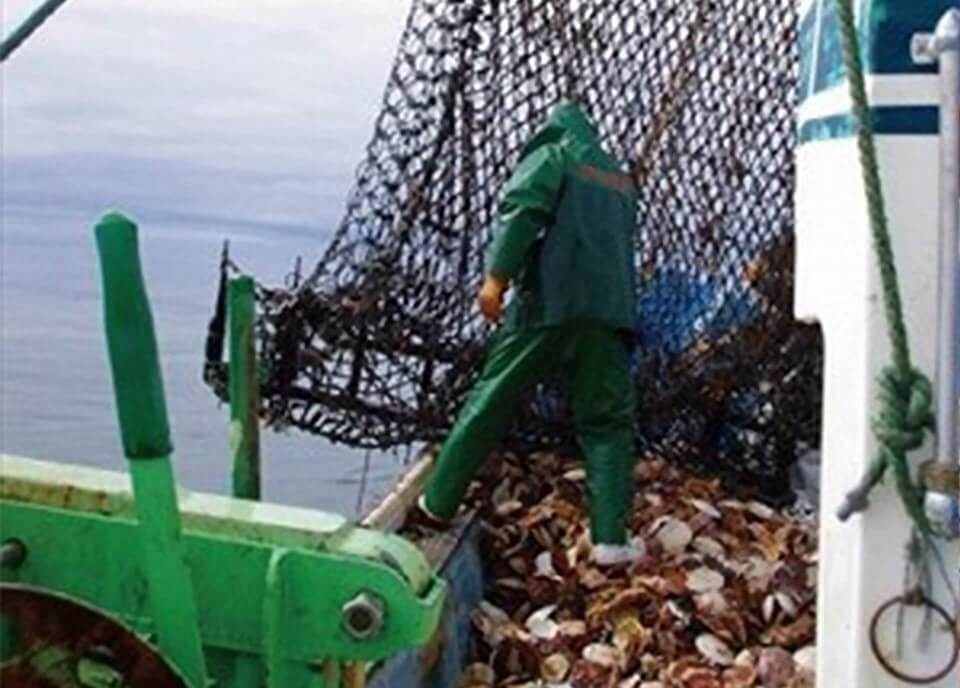
01 Fishermen often set out to sea early in the morning to begin their fishing activities.

02 Bring harvested scallop back to shore for further processing and distribution.

03 The fresh scallops are transported to the factory for processing within three hours.

04 The proper handling and processing of scallops are crucial to preserve their quality, taste, and texture. Washing the scallops and cooking them promptly after harvesting can help maintain their freshness and flavor.
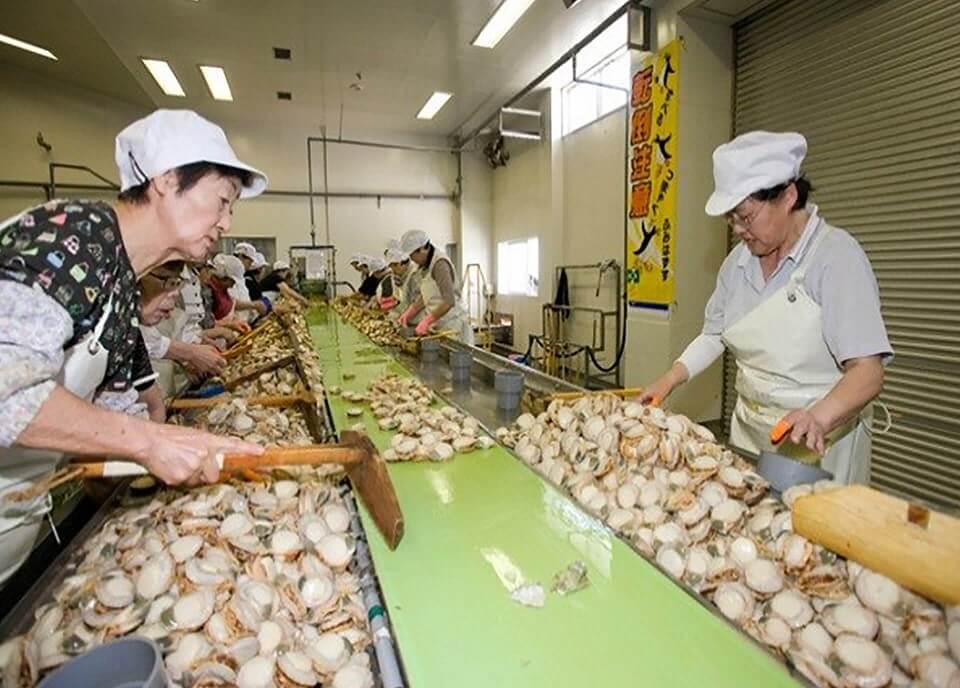
05 When handling cooked scallops to preserve their quality and flavor, it's essential to do so with care to prevent damaging the delicate meat.
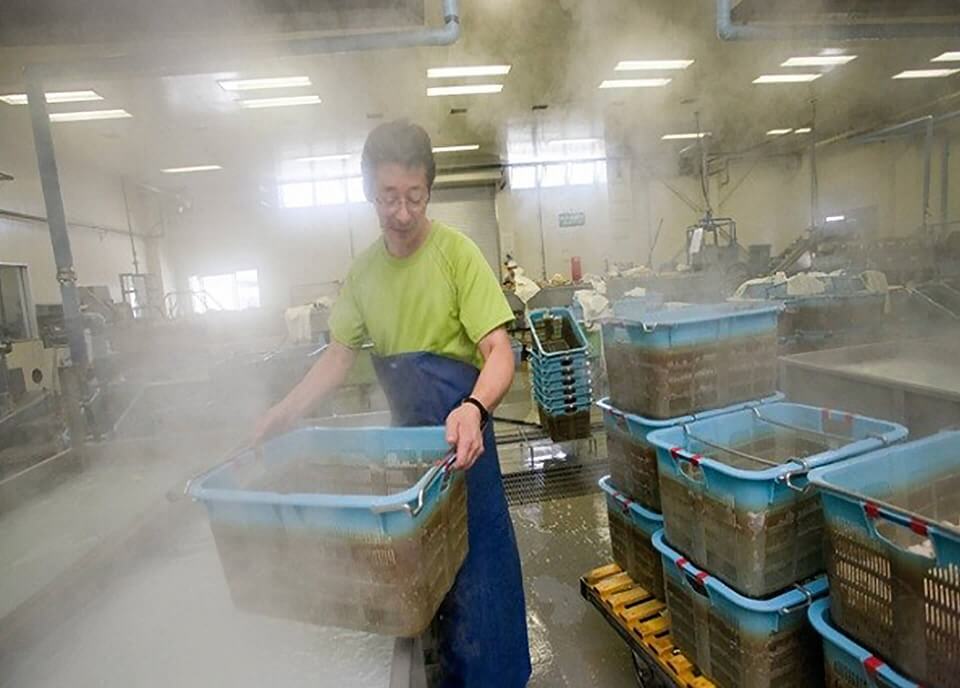
06 Sealing scallops in salt water can be a method used to enhance their flavor, aroma, and shelf life.

07 Drying scallops through a meticulous process can indeed result in a delicate and flavorful product. A comprehensive guide to the meticulous steps involved in drying scallops to achieve a moisture content of less than 15% while maintaining their quality.

08 Grading scallops by size and weight is a common practice in the seafood industry to ensure consistency and provide information about the quality and value of the product.
